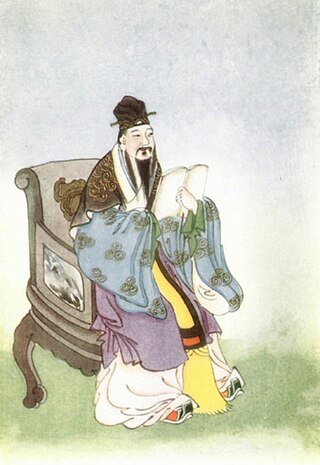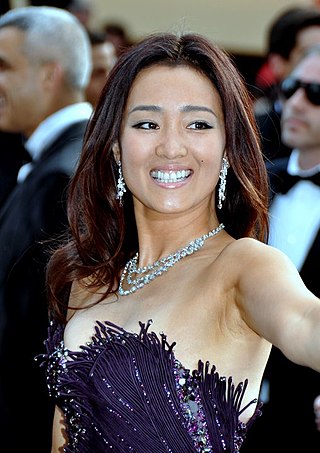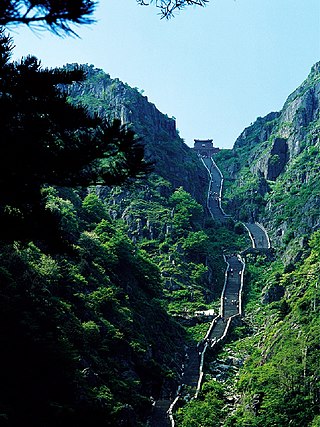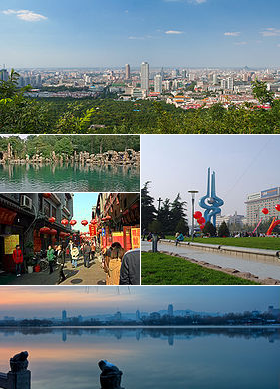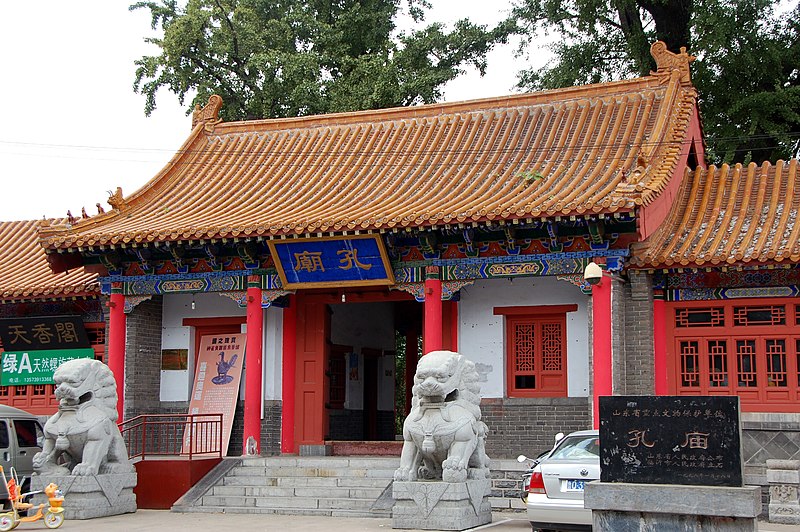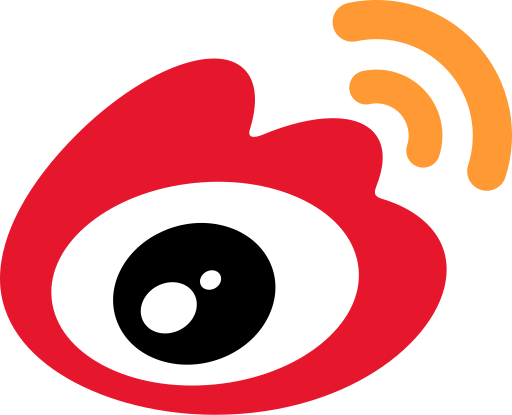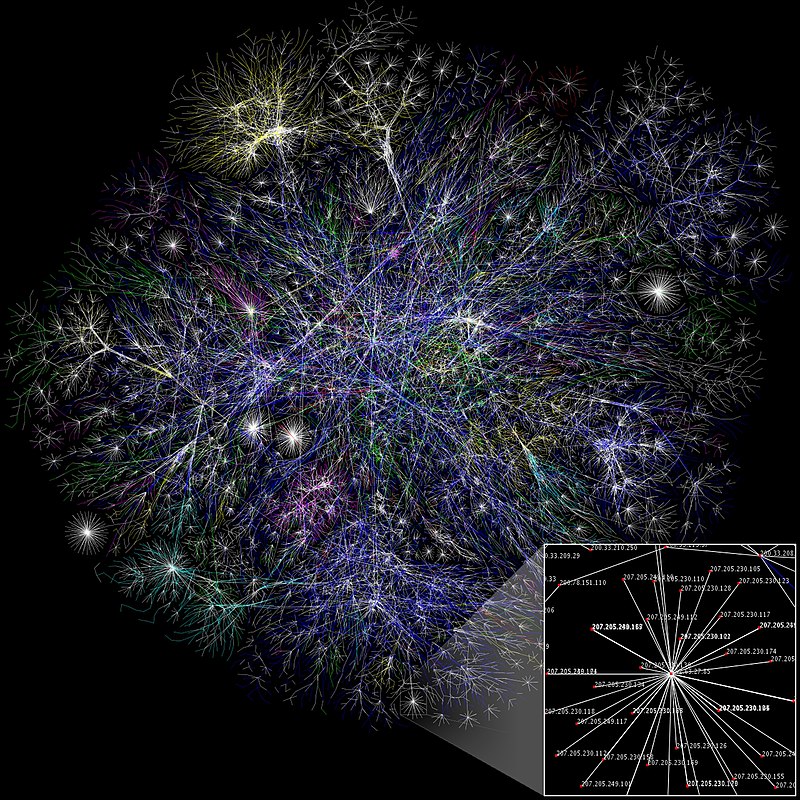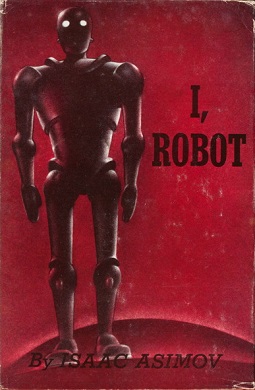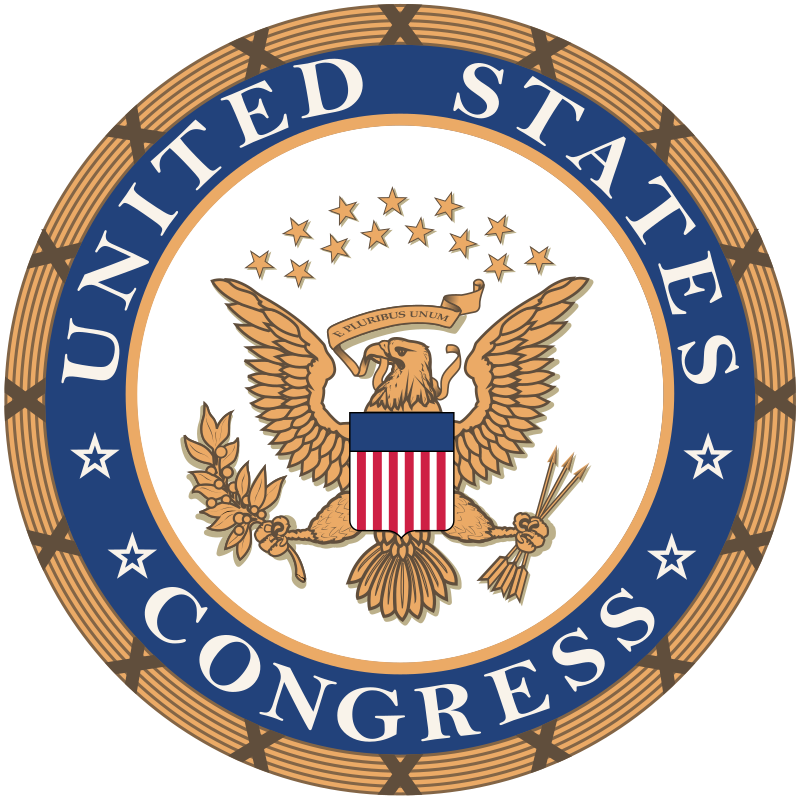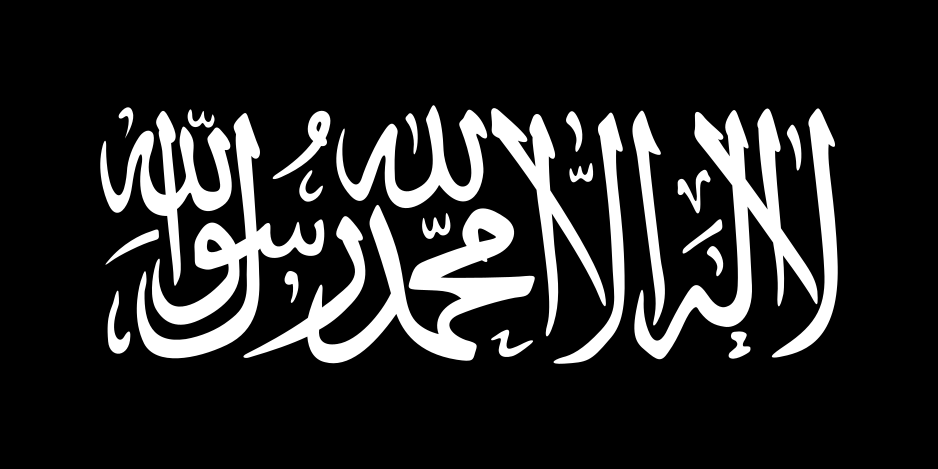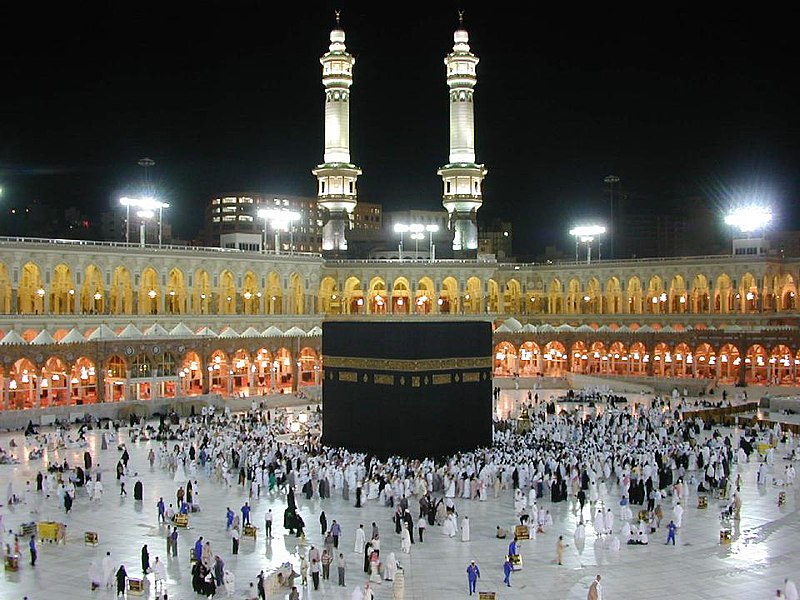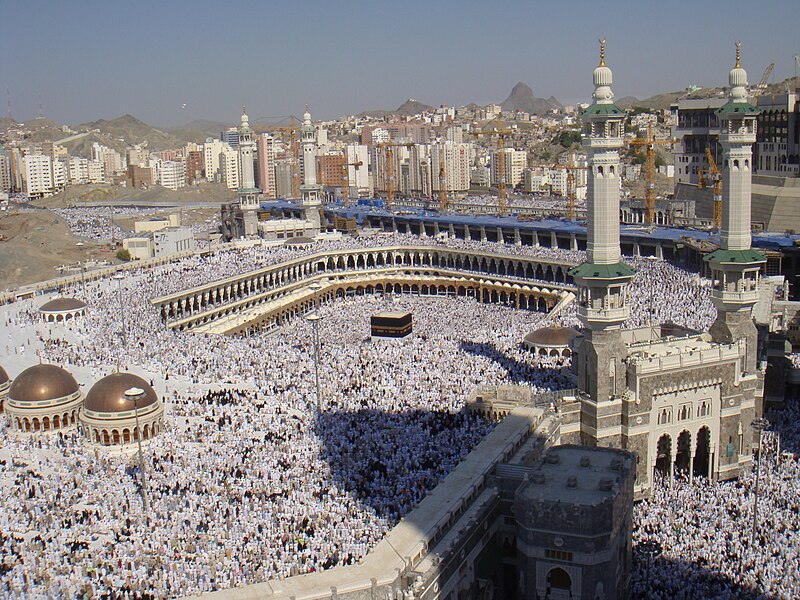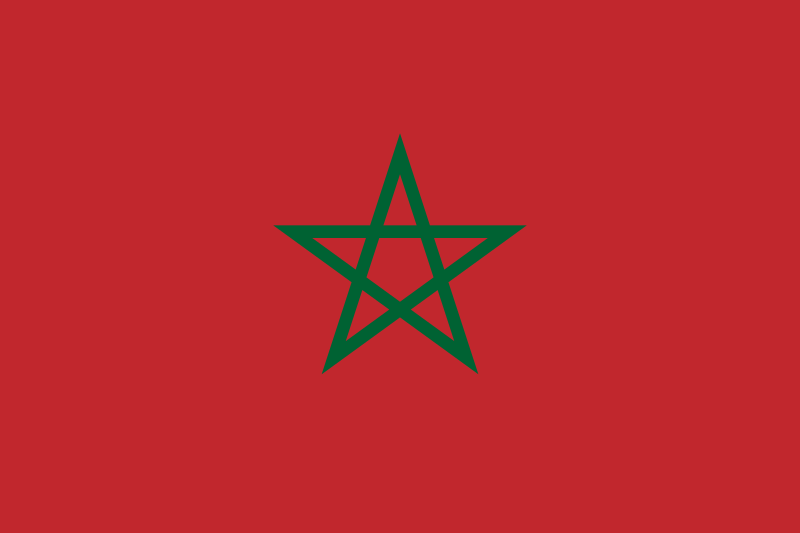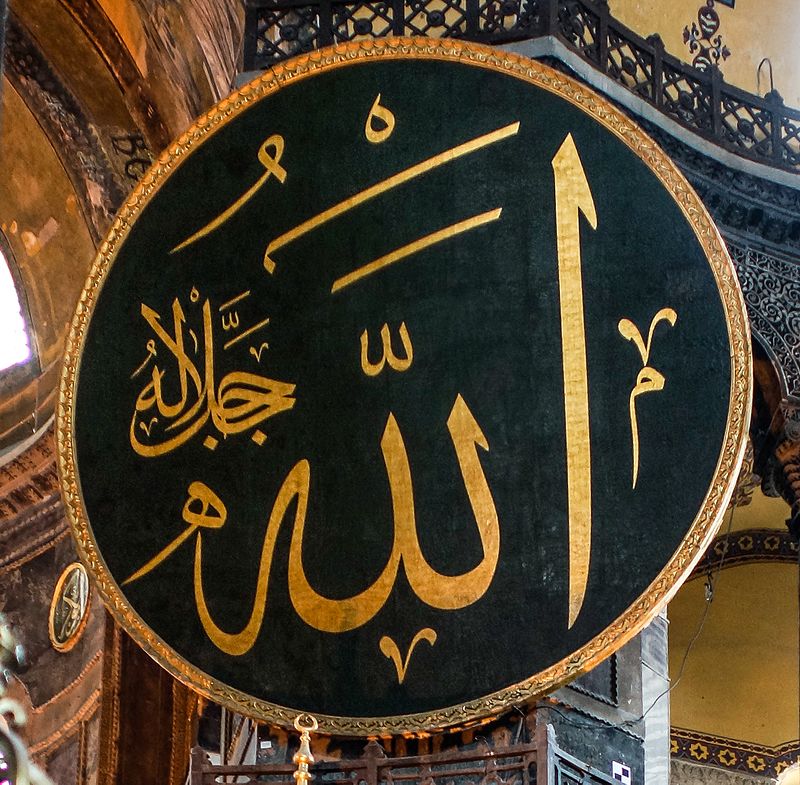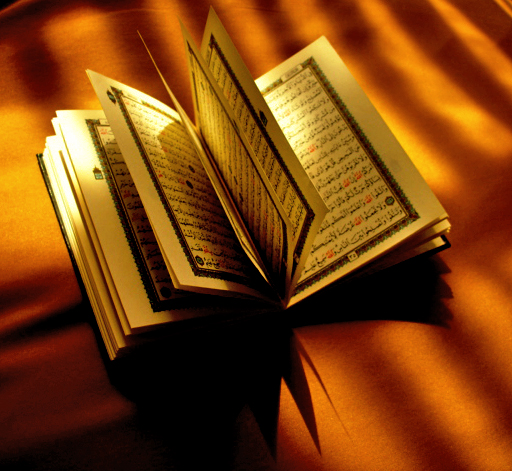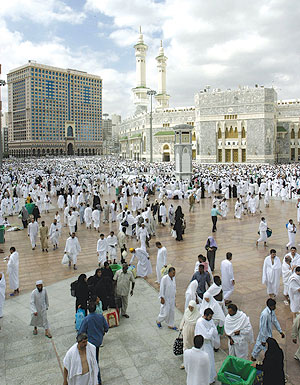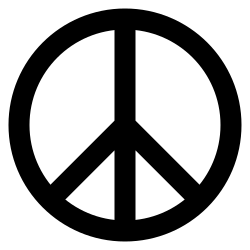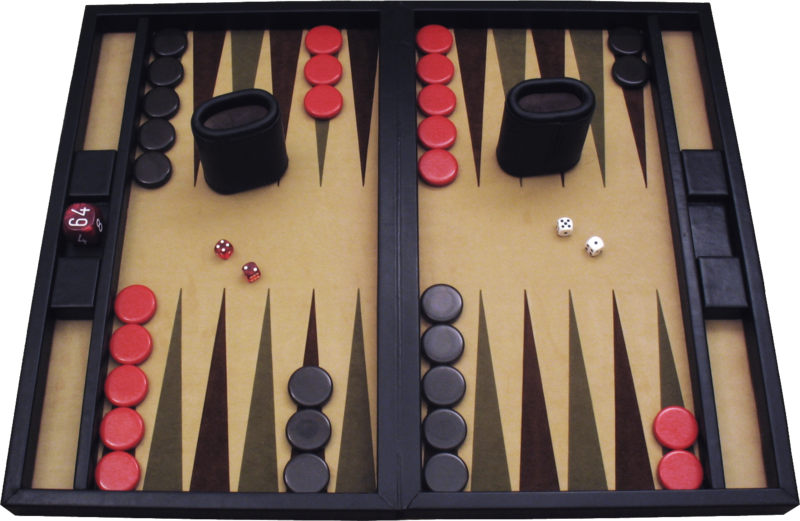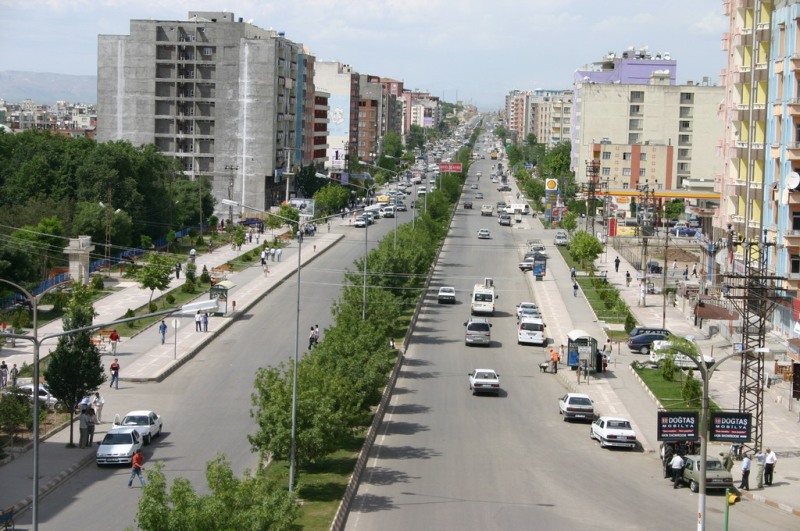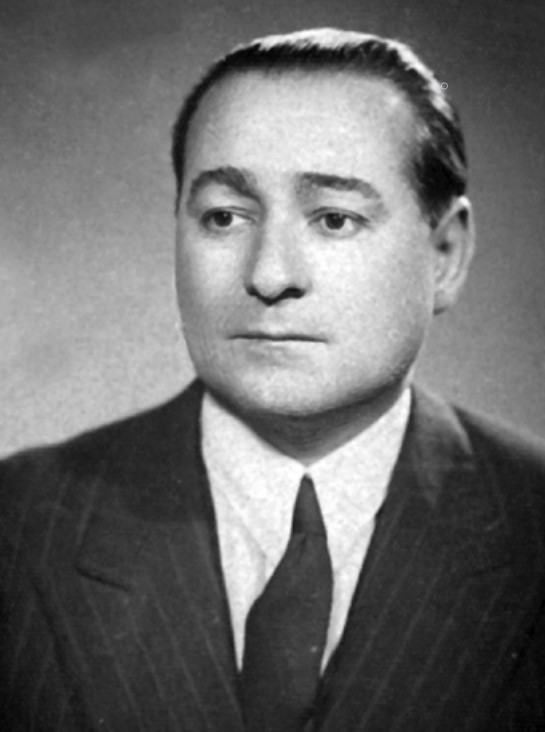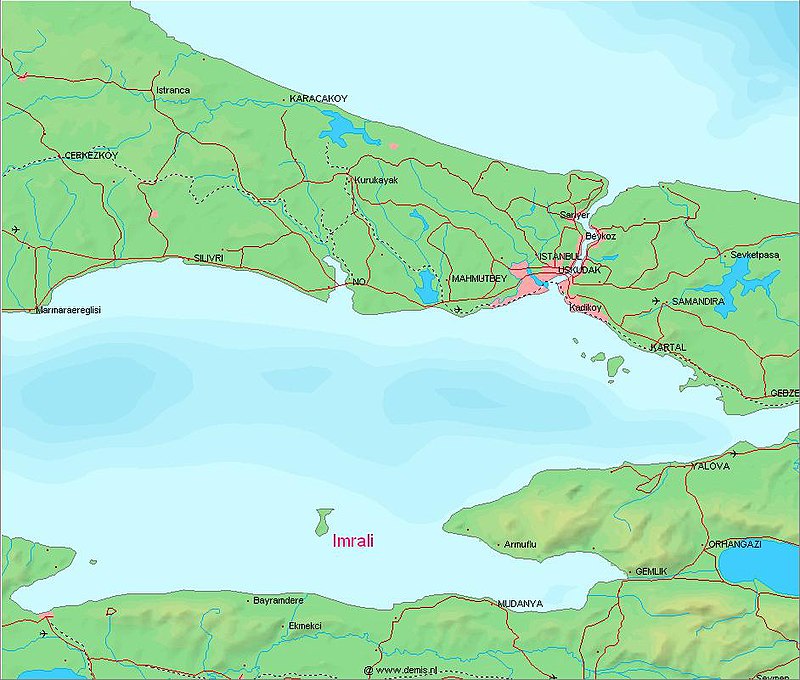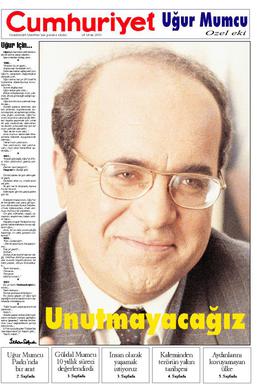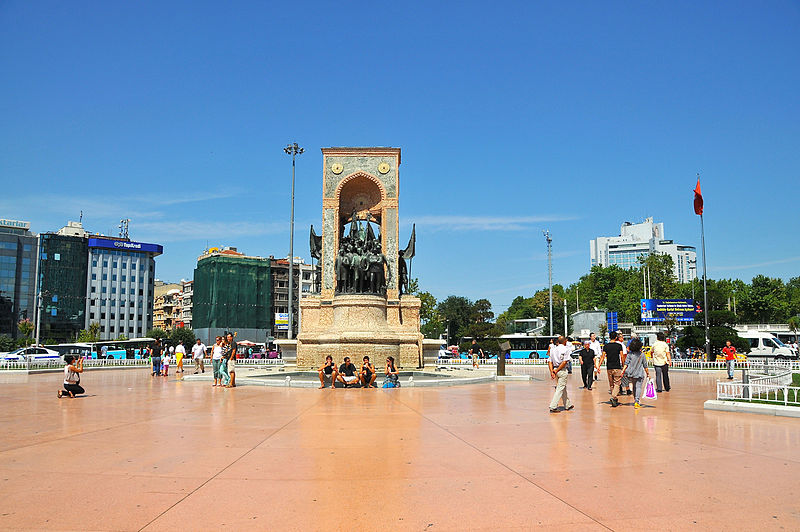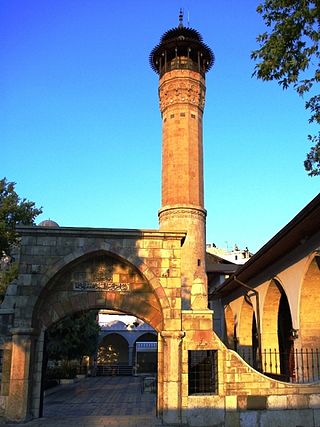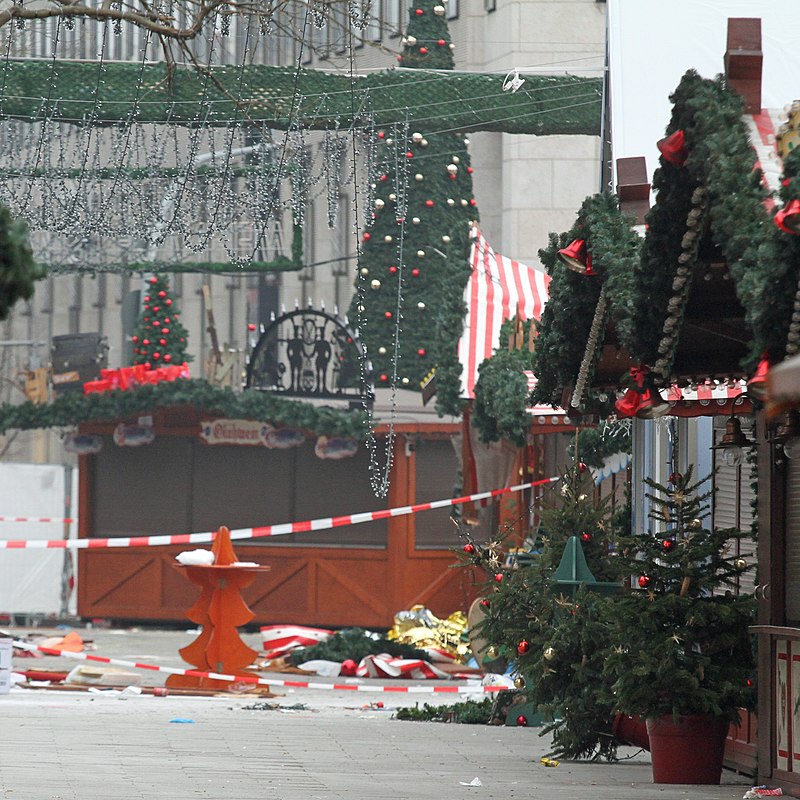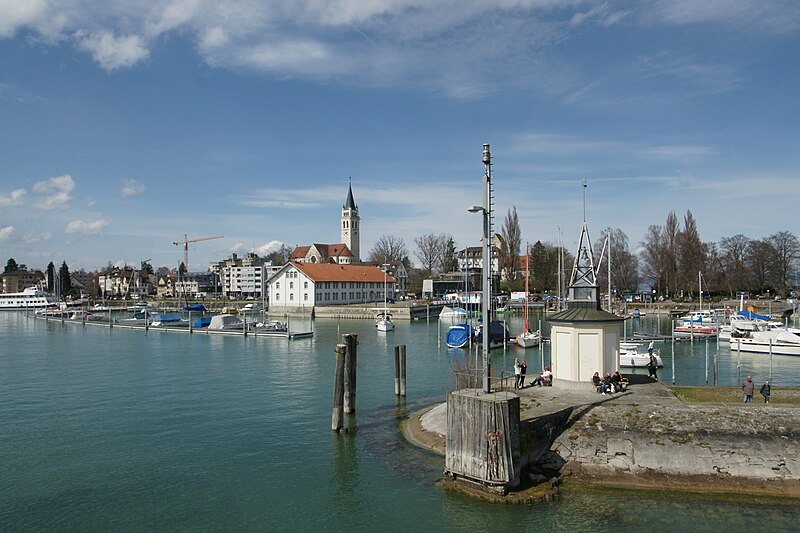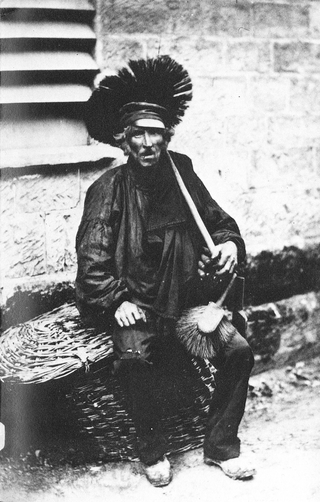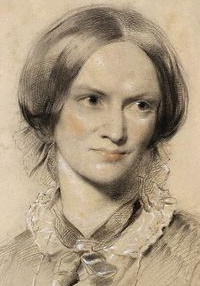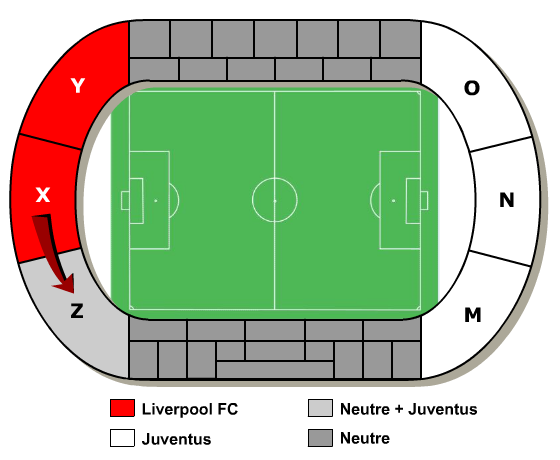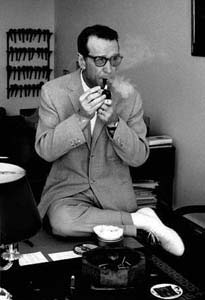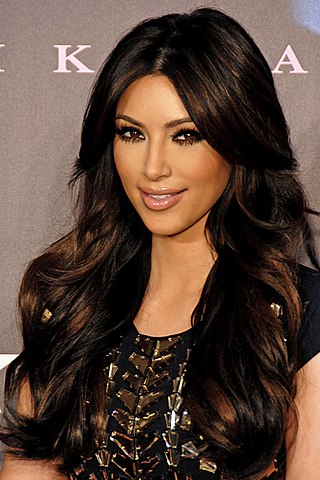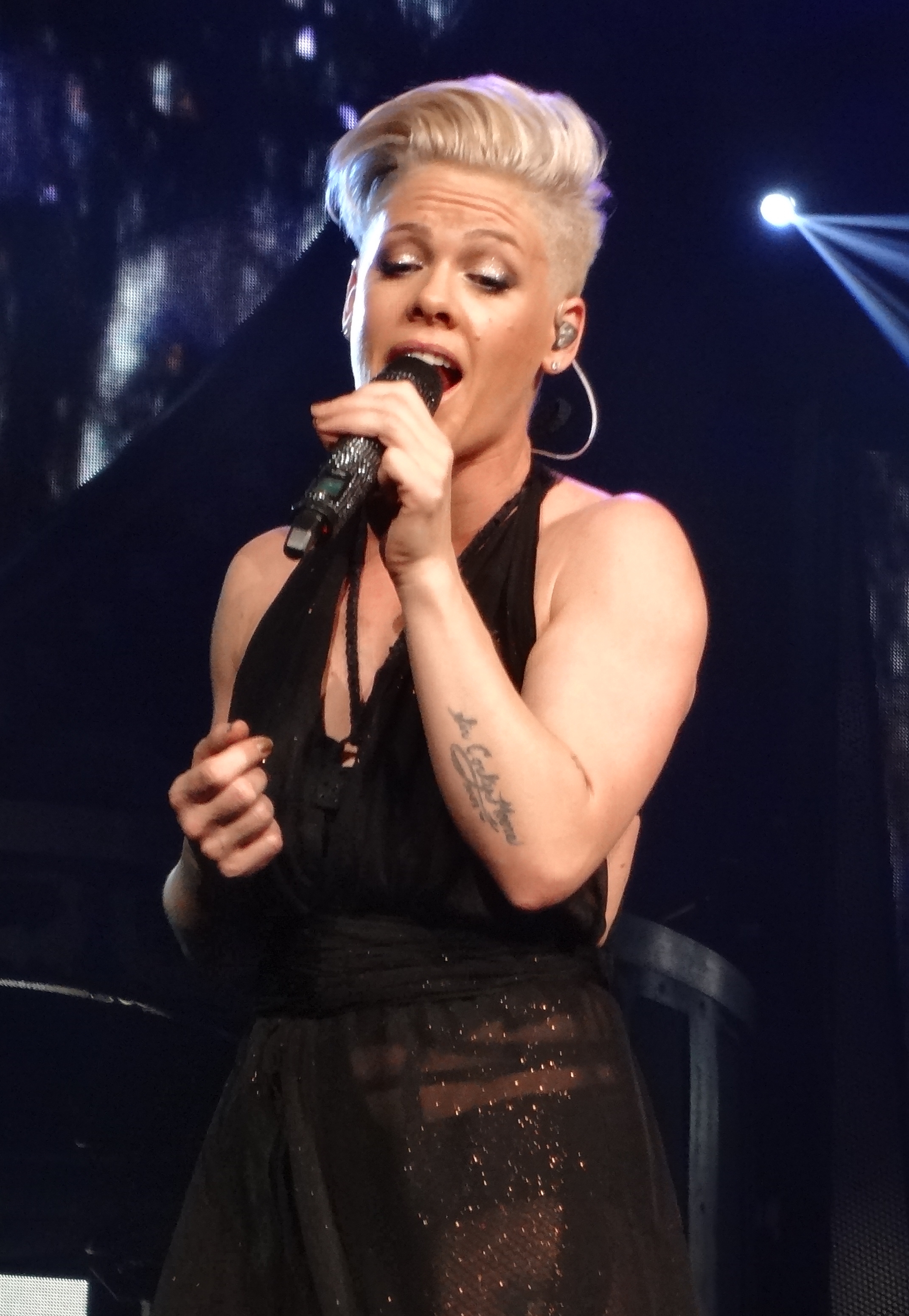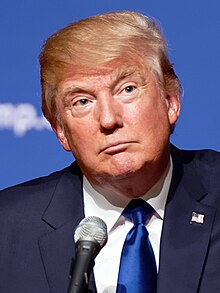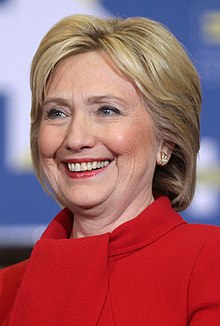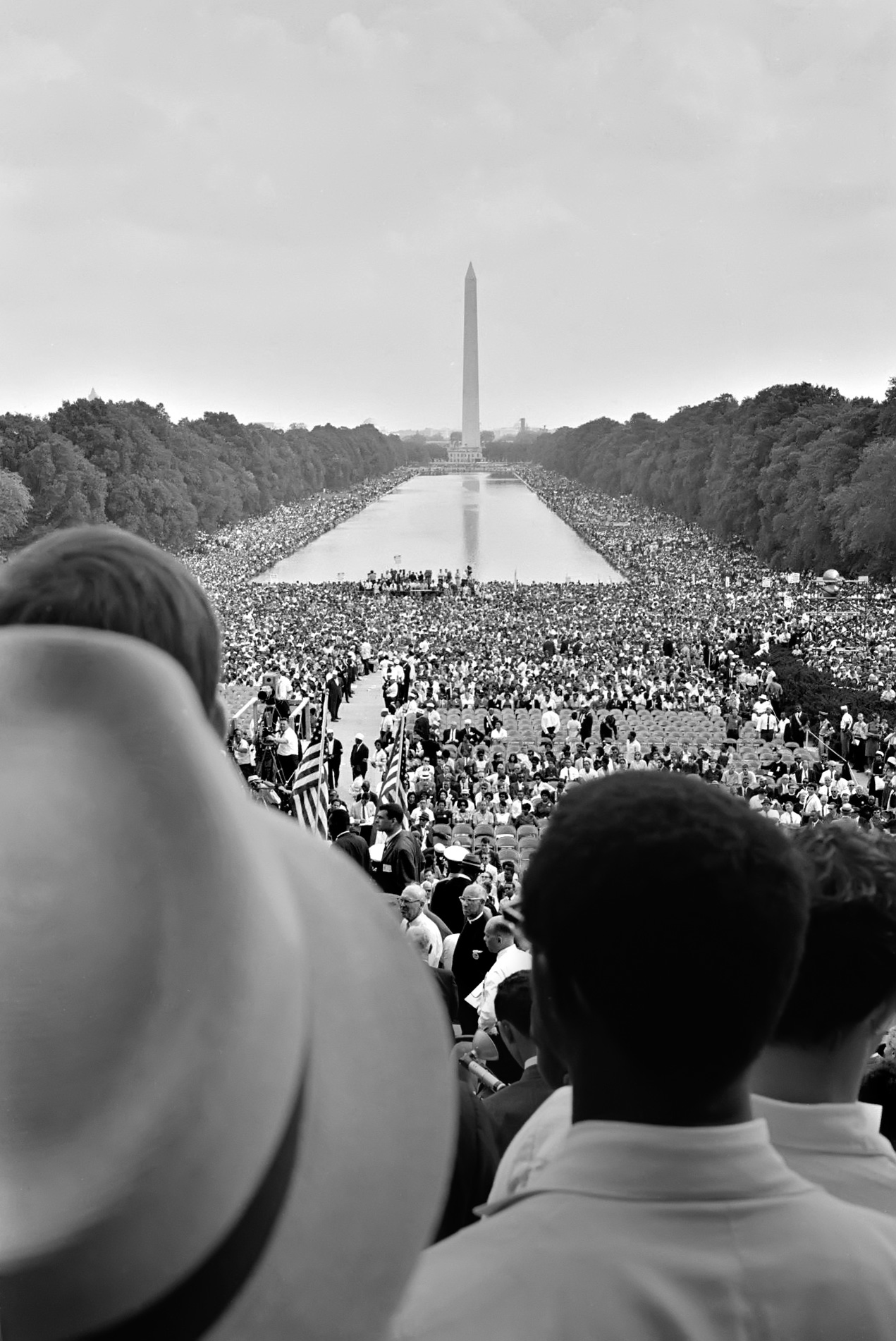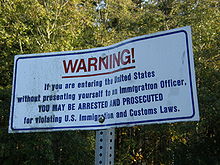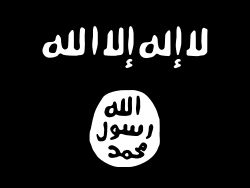Landschlacht, Switzerland, St. Patrick’s Day 2017
I am a Turkey watcher.
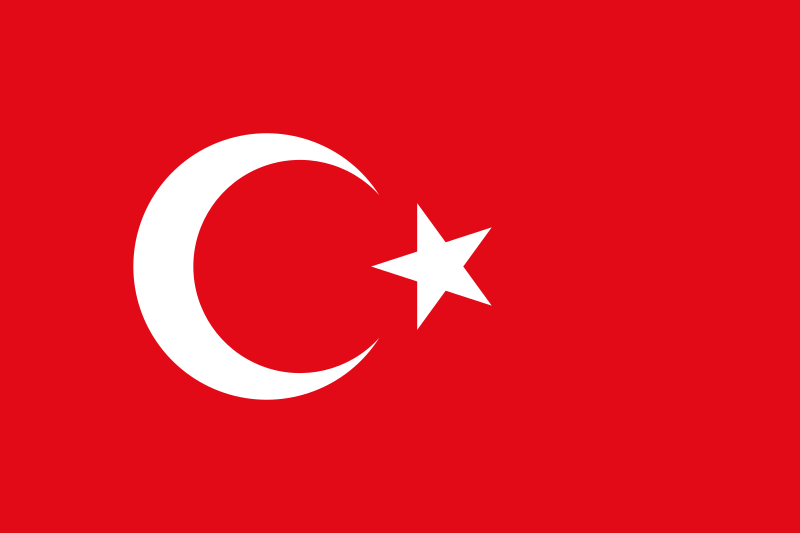
I have twice visited this beautiful country and I have rarely met a Turk I haven`t liked.
I began to talk about Turkey in this blog, because of the event that began 2017: the ISIS attack on a nightclub in Istanbul.
Above: The Reina restaurant/nightclub, Istanbul
(See this blog’s No Longer My Country 1: Take Me Back to Constantinople and No Longer My Country 2: The fashionable dead.)
Four days later, a PKK car bombing in Izmir made me curious about exactly why the Kurdish people and the Turkish people have been at each other’s throats for decades and I have tried to be objective in writing about what my research has turned up.
I wrote of Turkey`s history from its ancient beginnings until the election of Turgat Özal in 1989.

I promised that I would explain why Turkish politics of today, especially the actions of its President, are affected by events of the past.
The events that followed the election of President Özal and all that has taken place in Turkey since 1989 I believe are instructive, for a number of reasons:
The location of Turkey as the crossroads of Asia and Europe, the meeting point of a predominantly Christian West with a predominantly Muslim Middle East, the crucible of secularism vs fundamentalism, makes Turkey one of the major countries I think the world cannot afford to ignore.
The political evolution of Turkey, especially since Recep Erdogan first assumed office as Turkey’s 25th Prime Minister (2003 – 2014) and then its 12th President (2014 – Present), runs very similarly to other nations’ histories and possible destinies.
(See this blog’s The sick man of Europe 1: The sons of Karbala and The sick man of Europe 2: The sorrow of Batman.)
To understand Turkish politics of today, we need to look at how His Excellency became ruler of Turkey and how his mind might work.
Recep Erdogan was born in the Kasimpasa neighbourhood of Istanbul, to which his family had moved from Rize Province.

Erdogan spent his early childhood in Rize, where his father was a member of the Turkish Coast Guard.

His summer holidays were mostly spent in Güneysu, Rize, where his family originates from.
Throughout his life Erdogan has often returned to his spiritual home and in 2015 he opened a vast mosque on a mountaintop near his village.
His family returned to Istanbul when Erdogan was 13 years old.

As a teenager he sold lemonade and sesame buns (simit) on the streets of the city’s rougher districts to earn extra money.
Brought up in an observant Muslim family, Erdogan graduated from Kasimpasa Piyale primary school in 1973, received his high school diploma from Eyüp High School, studied business administration at the Marmara University’s Faculty of Economics and Administrative Sciences – though several sources dispute the claim that he graduated.

(To be President of Turkey, one must have graduated from a university.)
In his youth Erdogan played semi-professional football for the Kasimpasa football club, but when Fenerbahce Football Club wanted him to join their team his father prevented this.

While studying business administration and playing football, Erdogan engaged in politics by joining the National Turkish Student Union, an anti-communist action group.
In 1974, Erdogan wrote, directed and played the lead role in the play Maskomya, which presented Freemasonry, Communism and Judaism as evil.
In 1975 Süleyman Demirel, president of the conservative Justice Party succeeded Bülent Ecevit, president of the social-democratic Republican People’s Party as Prime Minister of Turkey.
Demirel formed a coalition government with the Nationalist Front, the Islamist Salvation Party led by Necmettin Erbakan, and the far right Nationalist Movement Party.

The 1970s were troubled times for Turkey: many economic and social problems, strike actions and political paralysis.
Turkey’s proportional representation system made it difficult to form any parliamentary majority and an ability to combat the growing violence in the country.
In 1976, Erdogan became the head of the Beyoglu youth branch of the Islamist Salvation Party and was later promoted to the chair of the Istanbul youth branch of the party.
In 1978, Erdogan married Emine Gülbaran of Siirt (a city in southeastern Turkey and capital of Siirt Province) and they have two sons (Ahmet and Necmettin) and two daughters (Esra and Sümeyye).
After the 1980 military coup, Erdogan followed most of Necmettin Erbakan’s followers into the Islamist Welfare Party.
Between 1984 and 1999, the Kurdistan Workers’ Party (PKK) and the Turkish military engaged in open war.

Above: Flag of the PKK
The Republic forced inscription, evacuation, destruction of villages, extreme harassment, tortue, illegal arrests, murder and disappearance of Kurdish journalists and executions of Kurds.
Since the 1970s, the European Court of Human Rights has condemned Turkey for the thousands of human rights abuses.

Erdogan became the party’s Beyoglu district chair in 1984 and a year later became the chair of the Istanbul city branch.
Meanwhile, the military coup leaders under Kenan Evren appointed Turgut Özal state minister and deputy prime minister in charge of economic affairs.
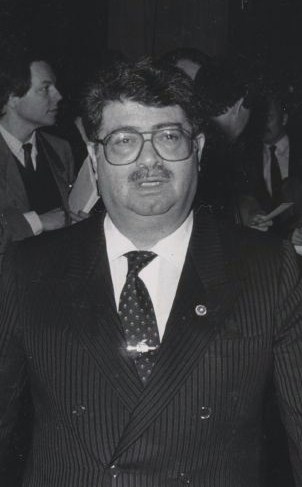
Özal formed the Motherland Party (ANAP) in 1983 after the ban on political parties was lifted by the military government.
The ANAP won the elections and he formed the government to become Turkey’s 19th Prime Minister at the end of the year.
When Özal became Prime Minister, the issue of the Armenian Genocide of 1915 was one of topics on his aganda.

Above: Remains of Armenians massacred at Erzinjan
In 1991, after a meeting with representatives of the Armenian community, Özal said in front of journalists and diplomats:
“What happens if we compromise with the Armenians and end this issue?
What if we officially recognize the 1915 Armenian Genocide and face up to our past?
Let’s take the initiative and find the truth.
Let’s pay the political and economic price, if necessary.”
Özal was reelected Prime Minister in 1987.
On 18 June 1988 Özal survived an assassination attempt during the ANAP party congress.
One bullet wounded his finger while another bullet missed his head.
The shooter, Kartal Demirag, was captured and sentenced to life imprisonment but was pardoned by Özal in 1992.
On 9 November 1989, Özal became Turkey’s 8th President elected by the Grand National Assembly of Turkey and the first president to be born in the Republic of Turkey rather than the Ottoman Empire.
(Demirag was later retried in 2008 and sentenced to 20 years in prison.)
Özal was born in Malatya to a Turkish family with partial Kurdish roots on his mother’s side.

Above: Scenes of the city of Malatya
In 1991 Özal supported the coalition of nations (France, Kuwait, Saudi Arabia, the United Kingdom and the United States) against Iraq during the 1991 Gulf War.

Above: Scenes from the 1991 Gulf War
In the early 1990s Özal agreed to negotiations with the PKK, the events of the Gulf War having changed the political dynamics in the region.
(Kurds make up 17% of Iraq’s population.
In 1974 the Iraqi government began a new offensive against the Kurds.
Between 1975 and 1978, 200,000 Kurds were deported out of oil rich Kurdistan.
During the Iran-Iraq War in the 1980s, the Iraqi government implemented anti-Kurdish policies: the mass murder of hundreds of thousands of civilians, the wholesale destruction of thousands of Kurdish villages, the deportation of thousands of Kurds.
The Anfal (spoils of war) genocidal campaign destroyed over 2,000 villages and killed 182,000 Kurdish civilians, using ground offensives, aerial bombing, firing squads and chemical attacks, including the most infamous attack on the Kurdish town of Halabja in 1988 that killed 5,000 civilians instantly.

Above: First Lieutenant of the US 25th Infantry on patrol in fron of Halabja Cemetery
After the collapse of the Kurdish uprising in March 1991, Iraqi troops recaptured most of the Kurdish areas and 1.5 million Kurds abandoned their homes and fled to the Turkish and Iranian borders.
It is estimated that close to 20,000 Kurds succumbed to death due to exhaustion, lack of food, exposure to cold and disease.
On 5 April 1991, the United Nations Security Council passed Resolution 688, which condemned the repression of Iraqi Kurdish civilians and demanded that Iraq end its repressive measures and allow immediate access to international humanitarian organisations.

In mid-April, the Coalition established safe havens inside Iraqi borders and prohibited Iraqi planes from flying north of the 36th parallel.
Kurds held parliamentary elections in May 1992 and established the Kurdistan Regional Government.)
Apart from Özal, few Turkish politicians were interested in a peace process with the Kurds, nor was more than a part of the PKK itself.
In 1993 Özal worked on peace plans with former finance minister Adnan Kahveci and General Commander of the Turkish Gendarmerie Esref Bitlis.
Negotiations led to a ceasefire declaration by the PKK on 20 March 1993.
With the PKK’s ceasefire declaration achieved, Özal planned to propose a major pro-Kurdish reform package at the next meeting of the National Security Council.
On 17 April 1993 Özal died of a suspicious heart attack, leading some to suspect an assassination.
Özal died just before he had the chance to negotiate with the PKK.
A month later a PKK ambush on 24 May 1993 ensured the end of the peace process.
After Özal’s death, his policies of compromising with the Armenians in order to solve the conflict concerning the Armenian Genocide were abandoned.
Özal’s wife Semra claimed he had been poisoned by lemonade and she questioned the lack of an autopsy.
Blood samples taken to determine his cause of death were lost or disposed of.
Tens of thousands of people attended the state burial ceremony in Istanbul.
(On the 14th anniversary of his death, thousands gathered in Ankara in commemoration.
Investigators wanted to exhume the body to examine it for poisoning.
On 3 October 2012 Özal’s body was exhumed.
It contained the banned insecticide DDT at ten times the normal level.)
Under the new President Süleyman Demirel and Prime Minister Tansu Siller, the Castle Plan – to use any and all means to solve the Kurdish question using violence – which Özal had opposed, was enacted.
In the local elections of 27 March 1994, Erdogan was elected Mayor of Istanbul (1994 – 1998).
Many feared that he would impose Islamic law.
However he was pragmatic in office, tackling chronic problems in Istanbul, including water shortage, pollution and traffic chaos.
The water shortage problem was solved with the laying of hundreds of kilometres of new pipeline.
The garbage problem was solved with the establishment of state-of-the-art recycling facilities.
Air pollution was reduced by making public buses more environmentally friendly.
Istanbul’s traffic and transportation jams were reduced with more than 50 bridges, viaducts and highways built.
Erdogan took precautions to prevent corruption, using measures to ensure that municipal funds were used prudently.
He paid back a major portion of Istanbul’s two billion dollar debt and invested four billion dollars in the city.
Erdogan initiated the first roundtable of mayors during the Istanbul Conference, which led to an organised global movement of mayors.
In December 1997, while in his wife’s hometown of Siirt, defending his party from being declared unconstitutional by the Turkish government, Erdogan recited a poem from a work written by Ziya Gökalp, a Turkish activist of the early 20th century.

Above: The Ebul Vefa Mosque, Siirt
(To understand Turkey, one must never forget that this is a country that subscribes to the “great man” view of history and politics.
Travellers in Turkey find portraits of Mustafa Kemal Atatürk (1881 – 1938) everywhere.

Atatürk created modern Turkey, not only by reclaiming from the Ottoman Empire virtually all the territory that we call Turkey today but as well by lending his name to a series of reforms to demonstrate the uniqueness of living in Turkey – the elimination of the fez, the alteration of the calendar to make Saturday and Sunday the weekend, women encouraged to enter more fully into public life by no longer making veiling compulsory, the adoption of the Latin alphabet, to name just a few changes that led to genuine transformation of the most intimate moments of the Turkish people’s lives.

Mehmed Ziya Gökalp (1876 – 1924) was a Turkish sociologist, writer, poet and political activist whose work was particularly influential in shaping the reforms of Atatürk.

Above: Ziya Gökalp
Influenced by contemporary European thought, particularly the views of Émile Durkheim, Gökalp rejected the unity of the Ottoman Empire or unity through Islam, in favour of Turkish nationalism through the promotion of the Turkish language and culture.

Above: Émile Durkheim (1858 – 1917)
Gökalp believed that a nation must have a “shared consciousness” in order to survive, that “the individual becomes a genuine personality only as he becomes a genuine representative of his culture”.
He believed that a modern state must become homogeneous in terms of culture, religion and national identity.
In an 1911 article, Gökalp suggested that “Turks are the ‘supermen’ imagined by the German philosopher Nietzsche”.
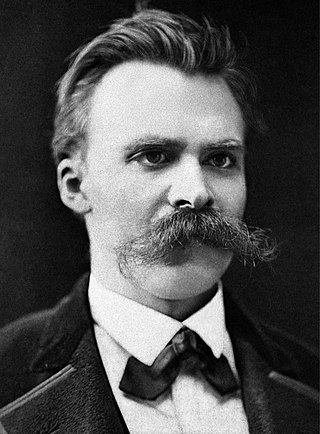
Above: Friedrich Nietzsche (1844 – 1900)
Gökalp differentiated between Avrupalilik (Europeanism – the mimicking of Western socieities) and Modernlik (taking initiative).
He was interested in Japan as a model for this, for he perceived Japan as having modernised itself without abandoning its innate cultural identity.
![Centered deep red circle on a white rectangle [2]](https://upload.wikimedia.org/wikipedia/en/thumb/9/9e/Flag_of_Japan.svg/800px-Flag_of_Japan.svg.png)
Above: Flag of Japan
Gökalp suggested that to subordinate “culture” (non-utilitarian, altruist public-spiritedness) to “civilisation” (utilitarian. egotistical individualism) was to doom a state to decline.
“Civilisation destroyed societal solidarity and morality.”
(Many historians and sociologists have suggested that his brand of nationalism contributed to the Armenian Genocide.)
Gökalp’s poetry served to complement and popularise his sociological and nationalist views.)
Erdogan’s recitation of Gökalp’s work included verses which are not in the original version of the poem:
“The mosques are our barracks, the domes our helmets, the minarets our bayonets and the faithful our soldiers.”

Aboe: The Sultan Ahmed Mosque, or Blue Mosque, Istanbul
Under Article 312/2 of the Turkish Penal Code, Erdogan’s recitation was regarded as an incitement to violence and religious/racial hatred.
In 1998, his fundamentalist Welfare Party was declared unconstitutional on the grounds of threatening the secularism of Turkey and was shut down by the Turkish Constitutional Court.
Erdogan was given a ten-month prison sentence of which he served four. (24 March – 27 July 1999)
Due to his conviction, Erdogan was banned from participating in parliamentary elections.
As 9th President of Turkey, His Excellency Süleyman Demirel had four Prime Ministers rise and fall during his time in office:
Tansu Ciller
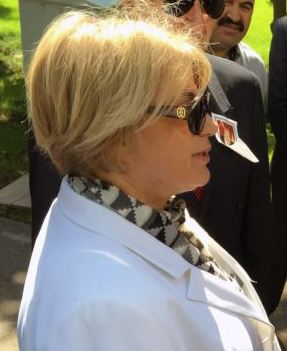
(Turkey’s 22nd and first and only female Prime Minister (1993 – 1996), Ciller was responsible for the aforementioned Castle Plan, the persuasion of the United States to label the PKK as a terrorist organisation, the creation of a budget plan that led to a lack of confidence in her government and an almost total collapse of the Turkish lira, was alleged to have supported the failed 1995 Azerbaijan coup d’état, claimed Turkish sovereignty over the islands of Imia and Kardak almost leading to war with joint claimant Greece and was implicated in the Susurluk Scandal involving the close relationship between her government, the armed forces and organised crime.)
Necmettin Erbakan (1926 – 2011)

(Turkey’s 23rd Prime Minister (1996 – 1997), Erbakan formed a coalition government with Ciller acting as Deputy Prime Minister and strongly promoted close cooperation and unity among Muslim countries.
He was the founder of the still-existent D8 (Developing Eight) Organization for Economic Cooperation, whose goal is increased economic and political unity between its members (Bangladesh, Egypt, Indonesia, Iran, Malaysia, Nigeria, Pakistan and Turkey).

Erbakan found his popularity wane when he made fun of the nightly repetition of demonstrations against his Deputy Prime Minister.
He was strongly encouraged by the military to resign over his perceived violation of the separation of religion and state as mandated by the Turkish Constitution.)
Mesut Yilmaz

(Turkey’s 21st Prime Minister (June – November 1991, March- June 1996, 1997 – 1999), Yilmaz quickly began to fade for his 3rd and final time as Prime Minister.
In October 1998, he threatened “to poke out the eyes of Syria” over Syrian President Hafez al-Assad’s (1930 – 2000)(18th President of Syria: 1971 – 2000) alleged support of the FKK.

Above: The flag of Syria
(During Assad’s presidency, Syria’s relations with Turkey were tense.

An important issue between the countries was water supply and Syria’s support to the PKK.
Assad offered help to the PKK enabled it to receive training in the Beka’a’ Valley in Lebanon.
Abdullah Öcalan, one of the founders of the PKK, openly used Assad’s villa in Damascus as a base for operations.

Turkey threatened to cut off all water supplies to Syria.
However, when the Turkish Prime Minister or President sent a formal letter to the Syrian leadership requesting it to stop supporting the PKK, Assad ignored them.
At that time, Turkey could not attack Syria due to its low military capacity near the Syrian border, and advised the European NATO members to avoid becoming involved in Middle East conflicts in order to avoid escalating the West’s conflict with the Warsaw Pact states, since Syria had good relations with the Soviet Union.
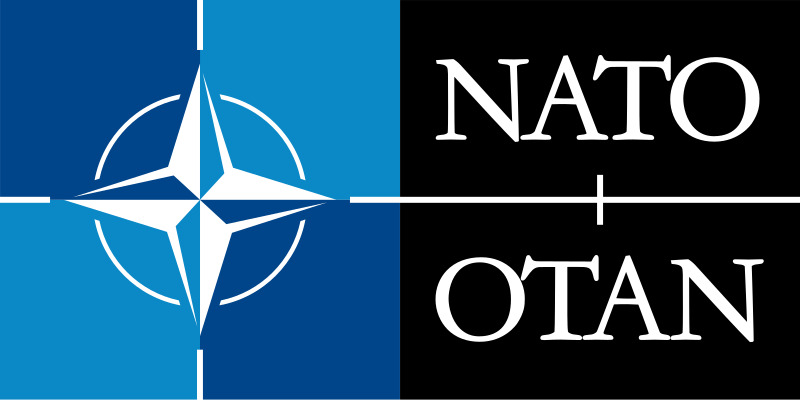
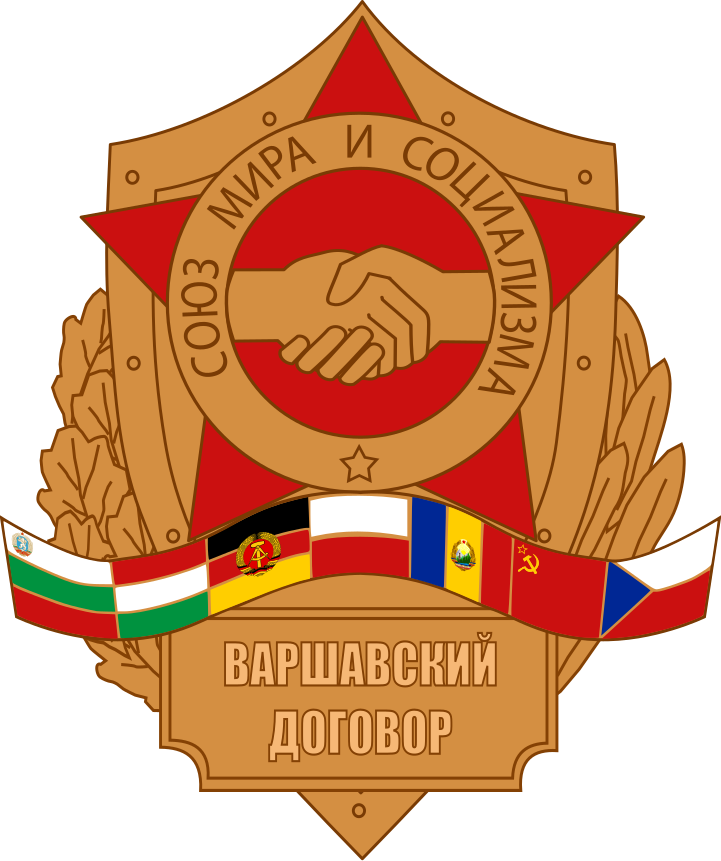
Above: Logo of the Warsaw Treaty Organization of Friendship, Cooperation and Mutual Assistance
However, after the end of the Cold War, Turkish military concentration on the Syrian border increased.
In mid-1998, Turkey threatened Syria with military action because of Syrian aid to Öcalan, and in October it gave Syria an ultimatum.
Assad was aware of the possible consequences of Syria’s continuing support to the PKK.
Turkey was militarily powerful while Syria had lost the support of the Soviet Union.
The Russian Federation was not willing to help; neither was it capable of taking strong measures against Turkey.
Facing a real threat of military confrontation with Turkey, Syria signed the Adana Memorandum in October 1998, which designated the PKK as a terrorist organization and required Syria to evict it from its territory.
After the PKK was dissolved in Syria, Turkish-Syrian political relations improved considerably, but issues such as water supplies from the Euphrates and Tigris rivers remained unsolved.)
In December 1998, in an attempt to privatise the Turkish Trade Bank, allegations of cooperation with Mafia boss Alaattin Cakici began to arise.
Mustafa Bülent Ecevit

(Turkey’s 16th Prime Minister (January – November 1974, June – July 1977, 1978 – 1979, 1999 – 2002), Ecevit would try to bring economic reforms, aimed at stabilizing the Turkish economy, in order to gain full membership into the European Union.)

(Despite lasting only ten months, Ecevit’s first government was responsible for the successful Turkish invasion of Cyprus, for which he is nicknamed the ‘conqueror of Cyprus’. (Turkish: Kıbrıs Fatihi) )

In 2000, Ahmet Necdet Sezer was elected as Turkey’s 10th President (2000 – 2007) after Süleyman Demirel’s seven-year term expired.

The Prime Ministers during Demiril’s term with their unstable coalitions, rampant corruption and lack of durability caused the Turkish people to become highly disillusioned with their government.
Their lack of faith would cause foreign nations to carefully examine any investment in Turkey.
Throughout the 1980s and 1990s, Turkey relied heavily on foreign investment for economic growth.
The government was already running enormous budget deficits, which it managed to sustain by selling huge quantities of high-interest bonds to Turkish banks.
Continuing inflation and the enormous flow of foreign capital had meant that the government could avoid defaulting on the bonds in the short term.
As a consequence, Turkish banks came to rely on these high yield bonds as a primary investment.
The International Monetary Fund (IMF) in 1996 warned the Turkish government of an impending financial crisis because of the deficit.

Turkey’s unstable political landscape led many foreign investors to divest from the country.
As foreign investors observed the political turmoil and the government’s attempts to eleiminate the budget deficit, they withdrew $70 billion worth of capital in a matter of months.
This left a vacuum of capital that Turkish banks were unable to alleviate because the government was no longer able to pay off its bonds.
With no capital to speak of, the Turkish economy declined dramatically.
By 2000 there was massive unemployment, a lack of medicine, tight credit, slow production and increasing taxes.
In November 2001, the IMF provided Turkey with $11.4 billion in loans and Turkey sold many of its state-owned industries in a effort to balance the budget.
But these stabilisation efforts were not producing meaningful effects and the IMF loan was widely seen as insufficient.
On 19 February 2001, Prime Minister Ecevit emerged from an angry meeting with President Sezer saying:
“This is a serious crisis.”
This statement underscored the financial and political instability and led to further panic in the markets.
Stocks plummeted, interest rates reached 3,000%, large quantities of Turkish lira were exchanged for US dollars or euros, causing the Turkish Central Bank to lose $5 billion of its reserves.

Above: Symbol for the Turkish lira
The crash triggered even more economic turmoil.
In the first eight months of 2001, nearly 15,000 jobs were lost, the US dollar was equal to 1,500,000 lira, and income inequality was greater than ever.
Despite this, the government made swift progress in bringing about an economic recovery.
Nevertheless, almost half of his party in the parliament left to form the New Turkey Party(YTP).
Added to this economic crisis, allegations of corruption, as well as Ecevit’s poor health, made early elections unavoidable and the DSP faced an electoral wipeout in the 2002 general elections losing all of its MPs.
In 2001, Erdogan established the Justice and Development Party (AKP).

The AKP won a landslide victory and Erdogan assumed office as Turkey’s 25th Prime Minister on 14 March 2003.
Erdogan inherited a Turkish economy just beginning to recover, unresolved issues with the Kurds and the Armenians, the need to improve democratic standards and the rights of minorities, the need to reform labour laws, the need to invest in education, the need to increase Turkey’s infrastructure, as well as the need to reform the Turkish healthcare system and social security.
Recep Tayip Erdogan, born 1954, had come a long way from selling simit in rough districts, or kicking a football, or sitting in a prison cell for speaking ill-chosen words.
He had shown he could rise above coups and his party being declared unconstitutional and dissolved and could improve the lives and the prospects of one of Turkey’s oldest and populous cities.
Erdogan would go on to be known by two, completely contrary to each other, titles:
- the most successful politician in the Republic of Turkey’s history
- the world’s most insulted president
Erdogan was Prime Minister for 11 years and has been President for almost three years with four more years to go in his mandate.
And he seemed to start off so well…

(To be continued…)
Sources: Wikipedia / Andrew Finkel, Turkey: What Everyone Needs to Know)
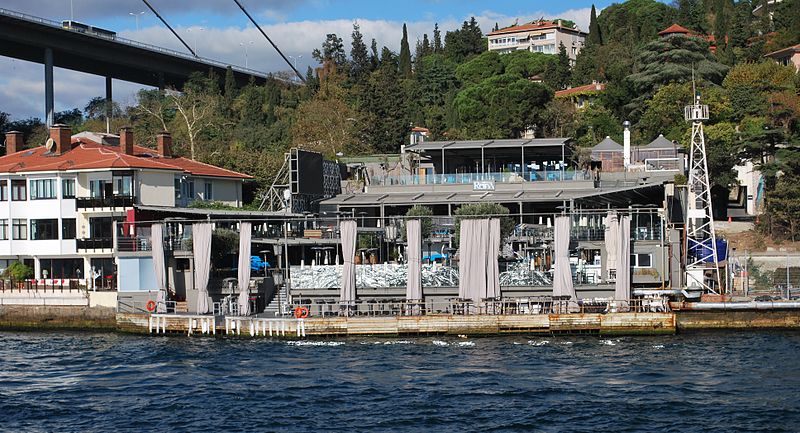
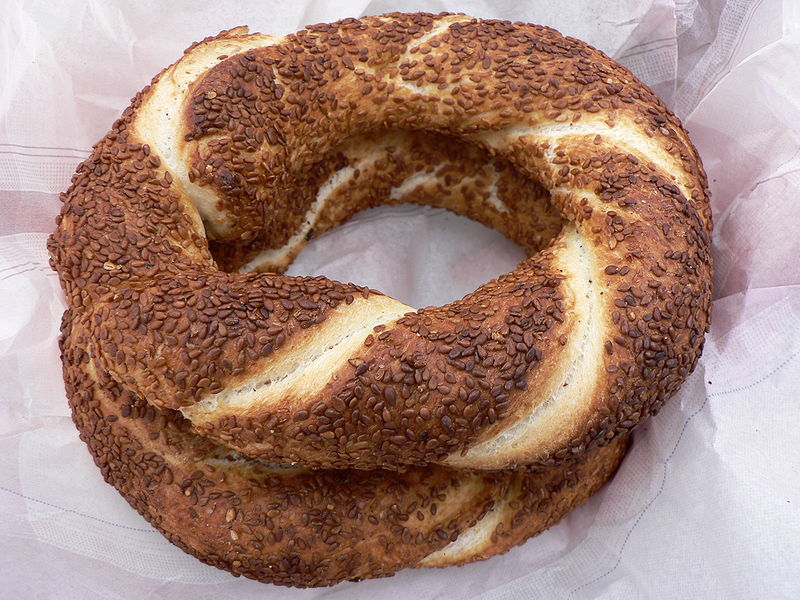







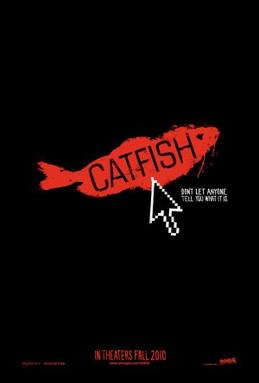
 Above: Logo of the University of Calgary
Above: Logo of the University of Calgary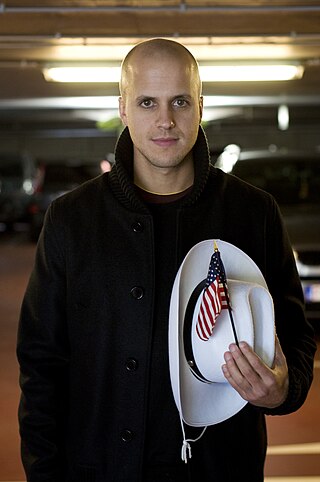
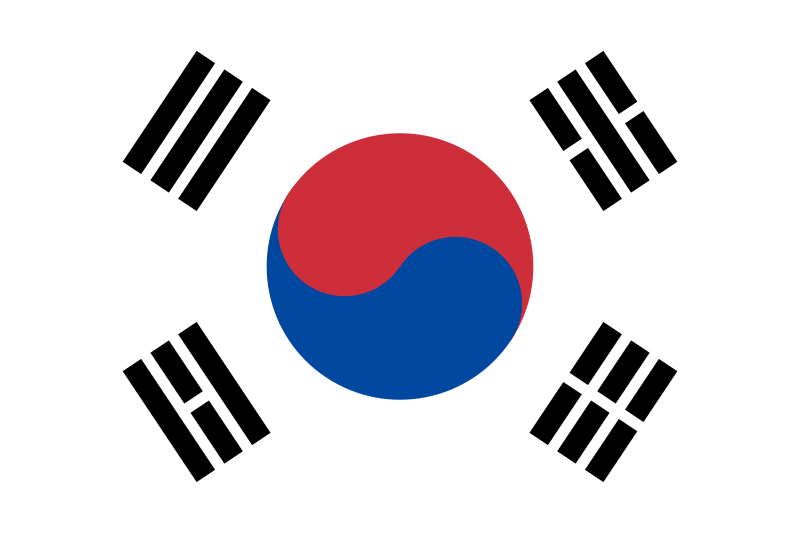





![Black Standard[1]](https://upload.wikimedia.org/wikipedia/commons/thumb/2/28/AQMI_Flag_asymmetric.svg/800px-AQMI_Flag_asymmetric.svg.png)








